- Luật
- Hỏi đáp
- Văn bản pháp luật
- Luật Giao Thông Đường Bộ
- Luật Hôn Nhân gia đình
- Luật Hành Chính,khiếu nại tố cáo
- Luật xây dựng
- Luật đất đai,bất động sản
- Luật lao động
- Luật kinh doanh đầu tư
- Luật thương mại
- Luật thuế
- Luật thi hành án
- Luật tố tụng dân sự
- Luật dân sự
- Luật thừa kế
- Luật hình sự
- Văn bản toà án Nghị quyết,án lệ
- Luật chứng khoán
- Video
- NGHIÊN CỨU PHÁP LUẬT
- ĐẦU TƯ CHỨNG KHOÁN
- BIẾN ĐỔI KHÍ HẬU
- Bình luận khoa học hình sự
- Dịch vụ pháp lý
- Tin tức và sự kiện
- Thư giãn

TIN TỨC
fanpage
Thống kê truy cập
- Online: 223
- Hôm nay: 198
- Tháng: 1621
- Tổng truy cập: 5245625
Vietnam - "Rise and Fall" toward a sustainable Mekong Delta
Hanoi, 24 October 2019 – The Mekong Delta is one of the most vulnerable deltas to climate change, particularly sea level rise. However, the social and economic developments in the region also have a significant impact on the land. Urbanisation, land-use transformation, intensification of economic activities and human protection against natural disasters has led to the large-scale extraction of fresh groundwater, heavy loading of infrastructure, upstream dykes and dam construction as well as loss of habitat and biodiversity. These human activities have accelerated the sediment starvation, salinisation, land subsidence and erosion. The Rise and Fall research program, a cornerstone in the Vietnam – the Netherlands delta collaboration, addresses these challenges with the Dutch multi-disciplinary approach in delta management by following four lines of research: fresh groundwater reserves, saline intrusion to surface water, land subsidence and governance. This research program plays an important role in the development of strategies and policies for the sustainable development of Mekong Delta with the significant findings as follow.

Mekong delta is much lower than previously assumed
The researchers from Utrecht University and Deltares have proved that the elevation of Vietnam’s Mekong Delta is much lower than the open satellite data sources, which has been widely referred by the international peers. The research led by Dr. Philip Minderhoud using a new, high-accuracy elevation model showed that Vietnam’s Mekong Delta is only 0,8m above the sea level, which is approximately 2m lower than in earlier assumption. Scientific evidence also proves that compared to a climate-change driven sea level rise of 3-5 mm/yr there is a land subsidence of 2-3 cm/yr in many coastal areas due to ground water extraction, loading of urban infrastructure and an intensive drainage of the shallow subsurface. The accelerating land subsidence is the consequence of the combination of natural and human-induced causes, in which the later one is more immediate and bigger in magnitude. “The low elevation of the delta, in combination with accelerating land subsidence rates and therefore relative sea-level rise is a topic which does not receive enough attention as the situation is really becoming critical. Moreover because land subsidence is a process that once it has started, it will not stop immediately when you stop, for example, groundwater extraction, but it will still continue,” says Dr. Minderhoud. Moreover, sediment, which used to be deposited in the delta and would compensate for land subsidence, is increasingly exhausted due to the construction of dams and sand mining, therefore, the former solution of flooding the land to heighten and fertilise it will not work in the near future.
Larger tidal amplitude and salinity intrusion in the surface water system
Tides and salinity in the Mekong Delta are increasing rapidly. The increase in the tidal amplitude is 40% over the last 10 years due to the fact that river beds are on average 2-3m deeper because of sediment starvation. The decreasing sedimentation loads of the Mekong river as the result of upstream dam building, together with the excessive sand mining downstream in the delta are seen as the major drivers for deepened river bed and eroded river banks. The increased tidal energy will further exacerbate erosion in a vicious spiral. The tidal changes and channel depths also have an impact on the increase in saline water intrusion, despite the fact that fresh water discharge during the dry season has increased over the last decade. Larger tides also explain the tidal urban flooding within the Mekong Delta.
An autonomous further decrease in fresh ground water reserve
Fresh water extracted from groundwater reserves is currently sustaining the society and economy Mekong Delta. Over the past decades, the Mekong Delta has experienced the rapid growth in economics, population and agricultural production. In the coastal areas drinking water supply relies on groundwater and particularly shrimp farmers pump up groundwater to compensate for evaporation. The increased use of ground water results in a structural depletion of aquifer reserves. The recharge for water stocking is very little due to impermeable layers in the subsoil. As a consequence of extraction, the water from salty aquifers intrude into the freshwater reserves. For each m3 fresh ground water that is extracted from the aquifers, another 12m3 of fresh water will get too salty for consumption. Therefore, it is predicted that there will be a further decrease in fresh groundwater reserve.
Toward a sustainable Mekong Delta
Land subsidence, larger tidal amplitude and sediment starvation are the interrelated phenomena which need to be seen in connection to each other. This would require more inter-institutional and multi-disciplinary collaboration. Groundwater extraction and sand mining, as important drivers that are caused by Vietnamese actors, have to be taken into account in delta planning. The impacts of these phenomena will eventually cause a huge costs for permanent flood defence operations and/or migration and loss of agricultural productivity when the land is shrinking and sinking.
It is encouraging to see that Vietnam is transforming towards a systemic approach that reflects a new integrated practices of delta planning, infrastructure building, farming etc. The Netherlands is keen on inspiring Vietnam on the shift toward a coordinated and systemic approach for the sustainable development of Mekong Delta. Taking the Rise and Fall research project as the crucial element in this systemic approach, the Netherlands can further support the Vietnamese initiatives with experiences and expertise to implement the new planning law, create a new coordination mechanism, design a Delta Fund and transform the agricultural practices./.
Rise and Fall research program
At the 4th Intergovernmental Committee Meeting (IC4) in 2014, the “Rise and Fall” research programme – a cornerstone in the Vietnam - the Netherlands delta collaboration, was launched with the aim to enhance the capabilities of individuals and organisations to develop sustainable strategies to deal with groundwater extraction, subsidence levels and salt water intrusion in the rapidly urbanising Mekong Delta in Vietnam. The IC4 explicitly identified the “Rise and Fall” project as an important step in the development of policies and strategies in relation to subsidence.
For more information, visit:
https://www.uu.nl/futuredeltas/project-rise-and-fall
https://rf.ctu.edu.vn/en/components-1/
For more information, please contact:
Embassy of the Kingdom of the Netherlands in Vietnam
Ms. Pham Hong Van – Senior Communication Officer
Address: 7th floor, BIDV tower, 194 Tran Quang Khai, Hoan Kiem, Hanoi
Tel: (84-24) 3935 2919 | Fax: (84-24) 3831 5655
Email: van.pham@minbuza.nl
Website: https://www.netherlandsandyou.nl/your-country-and-the-netherlands/vietnam
Các bài viết khác
- CUỘC LY HÔN TẤT YẾU (08.11.2019)
- HoREA lo doanh nghiệp bất động sản có thể phá sản (08.11.2019)
- Kinh tế toàn cầu lao dốc, lỗi do Mỹ-Trung đấu sống chết? (08.11.2019)
- Ba điểm yếu cốt tử khiến chuỗi nhà hàng Món Huế thất bại (08.11.2019)
- Kiến nghị trả hồ sơ vụ ông Nguyễn Hữu Tín giao đất cho Vũ "nhôm" (08.11.2019)






















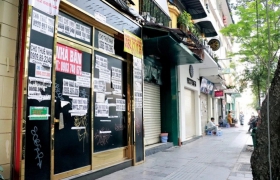
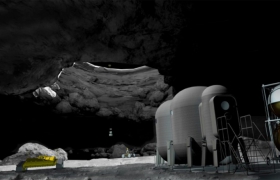

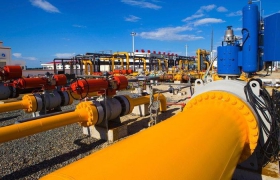

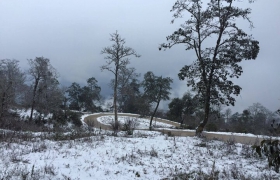



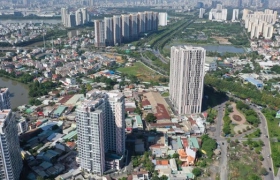
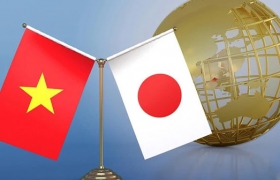

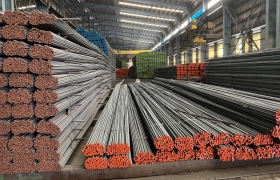









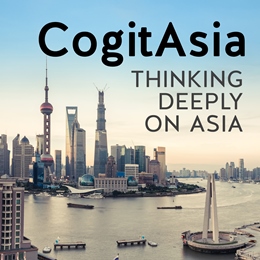





 Yahoo:
Yahoo: 